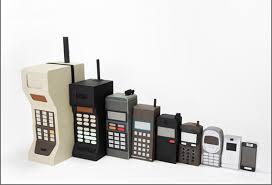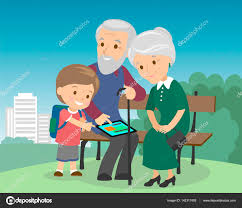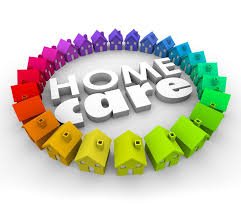The growing ecosystem of devices and products serving peoples’ health and well-being shows us that innovators already see the opportunity to serve the fast-growing market for self-care among people 50 years of age and up.
For nearly twenty years, one thing has felt inevitable: when boomers reach “old age,” senior living demand will surge. And yet ..
ChatGPT Health builds on consumer use of today's ChatGPT so responses are informed by your health information and context.
The prize honors .lumen’s Glasses for the Blind, an AI-based device that applies autonomous driving technology adapted for pedestrians. Using computer vision and local processing, the headset understands the three-dimensional environment in real time without relying on the internet or pre-defined maps and guides the user through subtle vibrations indicating a safe direction to follow.
The United States faces a fundamental mismatch between surging demand and insufficient capacity.

 Two sets of pitches, ten finalists across the competitions. The first five are finalists in the 2018 Silicon Valley Boomer Venture Summit Business Plan competition. The Business Plan Competition features companies pitching their ideas to a diverse panel of judges for feedback, funding and a $10,000 prize. The second five are finalists in the AARP Innovation Labs Pitch Competition for companies focused on providing peace of mind to family caregivers through the use of VR, AI and other disruptive technologies. The winning team will go on to the AARP Innovation Pitch Event in Washington, DC, in October of 2018.
Two sets of pitches, ten finalists across the competitions. The first five are finalists in the 2018 Silicon Valley Boomer Venture Summit Business Plan competition. The Business Plan Competition features companies pitching their ideas to a diverse panel of judges for feedback, funding and a $10,000 prize. The second five are finalists in the AARP Innovation Labs Pitch Competition for companies focused on providing peace of mind to family caregivers through the use of VR, AI and other disruptive technologies. The winning team will go on to the AARP Innovation Pitch Event in Washington, DC, in October of 2018. The more things change… Life expectancy is long – tech attention span from investors and innovators can be short. Reviewing the past 10 years of blog posts (
The more things change… Life expectancy is long – tech attention span from investors and innovators can be short. Reviewing the past 10 years of blog posts ( The hearing aid industry offers pricey hearing aids for people with ‘defined’ hearing loss. The FDA wants you to understand that
The hearing aid industry offers pricey hearing aids for people with ‘defined’ hearing loss. The FDA wants you to understand that  It’s Not About Your Grandmother – 10 Steps Before Launching!
It’s Not About Your Grandmother – 10 Steps Before Launching! Senior Living organizations are eager to try new technology. Over the years, consider the pilots of
Senior Living organizations are eager to try new technology. Over the years, consider the pilots of  The boom in home care has side effects -- turnover and risk. We want to trust home care workers with aging parents. After all, most cannot afford private pay assisted living – which can exceed
The boom in home care has side effects -- turnover and risk. We want to trust home care workers with aging parents. After all, most cannot afford private pay assisted living – which can exceed  Skip the tech – listen to the experts interviewed – first robots. The good news – this week’s
Skip the tech – listen to the experts interviewed – first robots. The good news – this week’s  For a Chief Medical Officer, what role does technology play? Recently there was an opportunity to query executives in senior care, including Dr. Arif Nazir, Chief Medical Officer, Signature HealthCARE, who was asked about the technology impact on long-term care jobs. The insights quoted here could be generalized, not just to Skilled Nursing Facilities, but to all types of care delivery – and are particularly notable in the context of last week’s New York Times article: "
For a Chief Medical Officer, what role does technology play? Recently there was an opportunity to query executives in senior care, including Dr. Arif Nazir, Chief Medical Officer, Signature HealthCARE, who was asked about the technology impact on long-term care jobs. The insights quoted here could be generalized, not just to Skilled Nursing Facilities, but to all types of care delivery – and are particularly notable in the context of last week’s New York Times article: " Too much road noise, no self-driving information. So how safe are self-driving cars for us, those pesky consumers who are also the victims of this
Too much road noise, no self-driving information. So how safe are self-driving cars for us, those pesky consumers who are also the victims of this  April showers, daffodils and other flowers. Depending on where you went in April you could experience spring multiple times – each time buds and birds emerging. With them, much news about technology, the good, the bad, the ugly, and the smug – not sure that so much time to look at and listen to
April showers, daffodils and other flowers. Depending on where you went in April you could experience spring multiple times – each time buds and birds emerging. With them, much news about technology, the good, the bad, the ugly, and the smug – not sure that so much time to look at and listen to